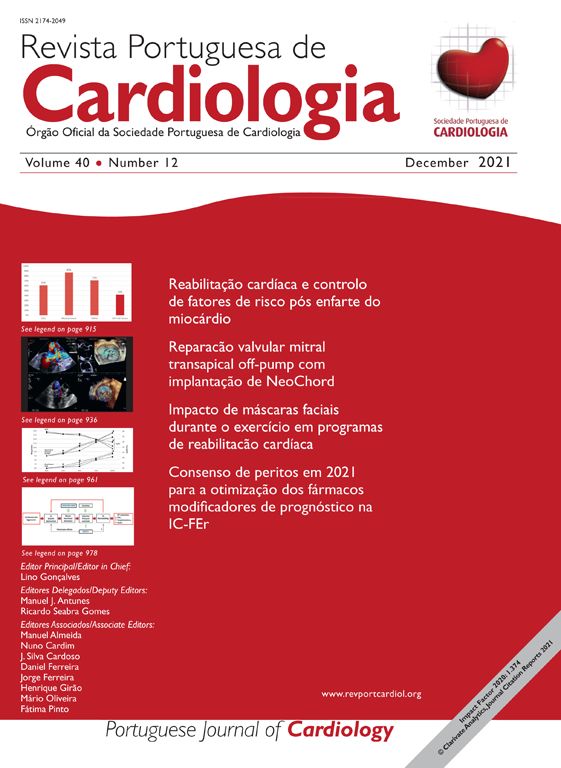The treatment of ascending aorta pseudoaneurysms requires creative and technically challenging solutions.
The literature describes several case reports and small series with different forms of treatment, from surgery to endovascular occlude devices or endograft.1 Surgical mortality ranges 6.9 to 15.4%,2 but remains the standard technique.1
When I was asked to write this editorial, I thought that the most important thing would be to emphasize, not the problem itself, but the ability to plan and the solution idealized and executed by the authors, because it is there that the crux of the question lies.
Taking this into consideration, Ranchordás et al.3 presented a carefully planned surgical solution to post-surgical pseudoaneurysm of the ascending aorta, considering all the aspects and using multiple techniques to achieve success.
In this type of disease, when the patient is stable, it is important to ensure the best conditions for hemostasis, namely, to discontinue anticoagulants or other drugs that may enhance bleeding, and promptly correct coagulation deficits.4
Another aspect to be highlighted is the ability to simplify the case and make choices. Not always treating everything is the best solution and weighing up the cost-benefit ratio of each surgical act shows unique maturity and insight.
For example, the authors chose to close the pseudoaneurysm neck with direct sutures instead of replacing the entire aorta, in line with other reports.2,4
Also, the patient had a periprosthetic leak, the surgical resolution of which would entail high risk. The authors, having considered the possibility of percutaneous closure, chose not to close it during surgery, thus shortening the bypass time, the need for cardioplegia and avoiding an accumulation of surgical risk.
As for the technique used, one of the major problems in pseudoaneurysms is the high risk of rupture during reentry into the thorax.1,2,5 Thus, it is urgent to protect the brain from ischemic injury and reduce the risk of exsanguination as much as possible.4 There are several possible approaches.2,5 In this case, the authors resorted to deep hypothermia, cannulation of the right subclavian artery, associated with femoro-femoral bypass and use of an Endoclamp. They also used left ventricle venting through a left mini thoracotomy, to decompress the heart and avoid myocardial injury by ventricular fibrillation and distension,2,5 even though this implied another incision.
As described, the use of endoclamps is often associated with failures due to displacement, rupture of the balloon or rupture of the aorta.5 In this case, the authors reported balloon rupture, but it partially did the job providing a period of brain protection.
In this way, I look at this article, not as a description of an innovative technique, but as a lesson in planning, of choices based on risk-benefit and in assuming that we do not always have to treat everything at the same time or surgically.
We should engage the multiple options currently available (surgical and percutaneous) to ensure the patient receives the best and most “comorbidity-free” treatment possible.
Conflicts of interestThe author has no conflicts of interest to declare.





